Any single reference to the name Rio de Janeiro nourishes excitement and conjures exotic images of dancing ladies bedecked in feathers of vibrancy, long white sandy beaches set before plunging mountains and beautiful brown scantily-clad Brazilian bodies parading through the streets. Although a preconceived fantasy, it was the notion I had in mind before arriving in ‘Rio’, a city with a name that’s illustrious to perhaps most of the world’s population. Visiting the city that epitomises seduction, sand and sun is a once in a lifetime journey. Rio is, after all, a city so exotic few can fathom its reality. Here are a few reasons to visit Rio de Janeiro.
Beautiful Beaches (Praia)
Coming in at first place on the list of dream-worthy must see Rio de Janeiro features is Praia de Copacabana. Unembellished anecdotal travel stories would paint a similar kind of mental picture: it’s a long white sandy beach, enclosed by tall mountains at either end, lined by coconut palms and teeming with beautifully bronzed Brazilian bodies. Add to this never-ending blue skies and coconut sipping opportunities at stalls dotted along its boardwalk, then it is no wonder the illustrious beach is a year-round travel destination. The tropical aroma - tinged with hints of sea salt and fresh coconut - had me lusting after eternal residence on the beach’s idyllic shores. Unfortunately, rooms at the Copacabana Palace didn’t befit my backpacker budget: a current one night stay at the well-known hotel for a simple room with single occupancy is approximately AU$480 (visit the hotel's website for details).




Arriving a close second is Praia de Ipanema - Copacabana’s neighbour and counterpart in beauty. Traveling further from the city centre brings one to Ipanema, a beach lined with glamour and chic. A drawcard includes the plentiful charm-oozing restaurants that can be found scattered throughout the suburb comprising the area behind the beach. Although one may not see “The Girl from Ipanema” strolling the streets, beautiful bodies can be spotted exercising along the beach and sunbathing on its soft sandy shores.
Perfect Panoramas
Rio’s jaw-dropping beauty and charm are best absorbed from high altitudes. There are two key attractions from which this can be achieved: Corcovado and Sugarloaf Mountain. Both striking elevations soaring above the city’s pedestrians, they respectively provide unobstructed 360-degree vistas of Rio’s unique composition. Littered with inlets, beaches, scattered popsicle-like mountains and ocean, Rio’s juxtaposition of natural elements is unsurprisingly breathtaking. Truly appreciating this beauty thus requires a visit to at least one of the following attractions.
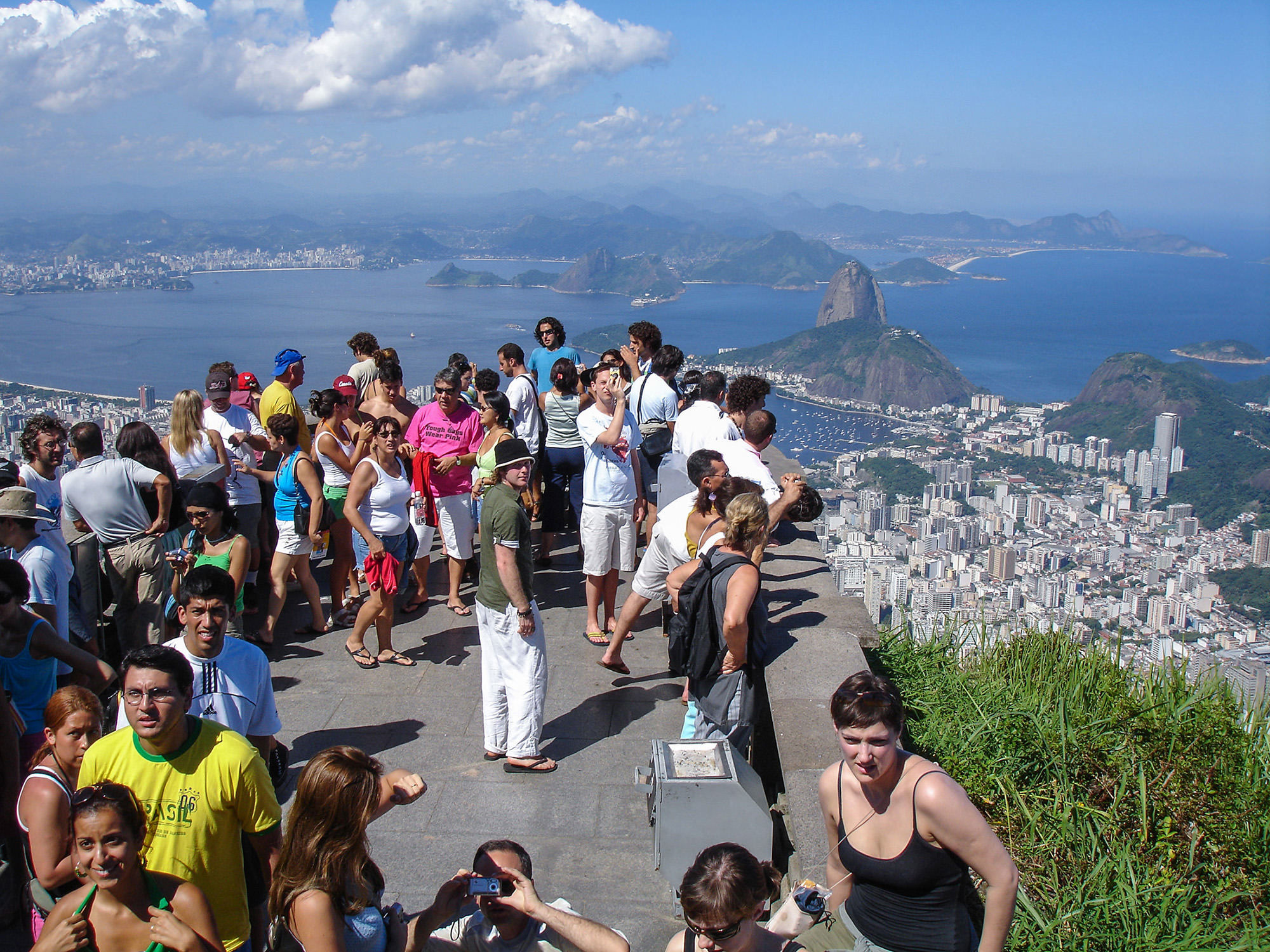


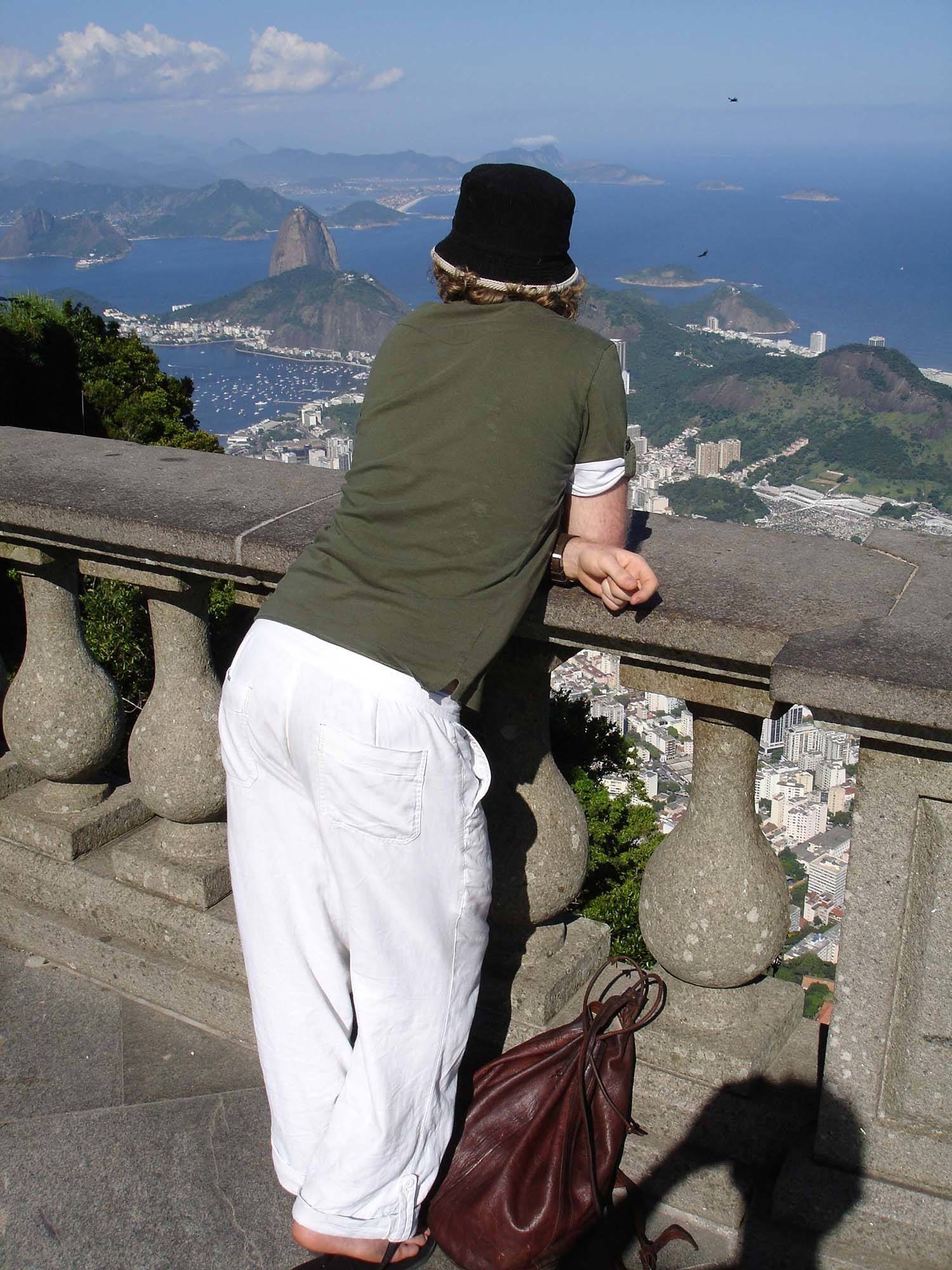
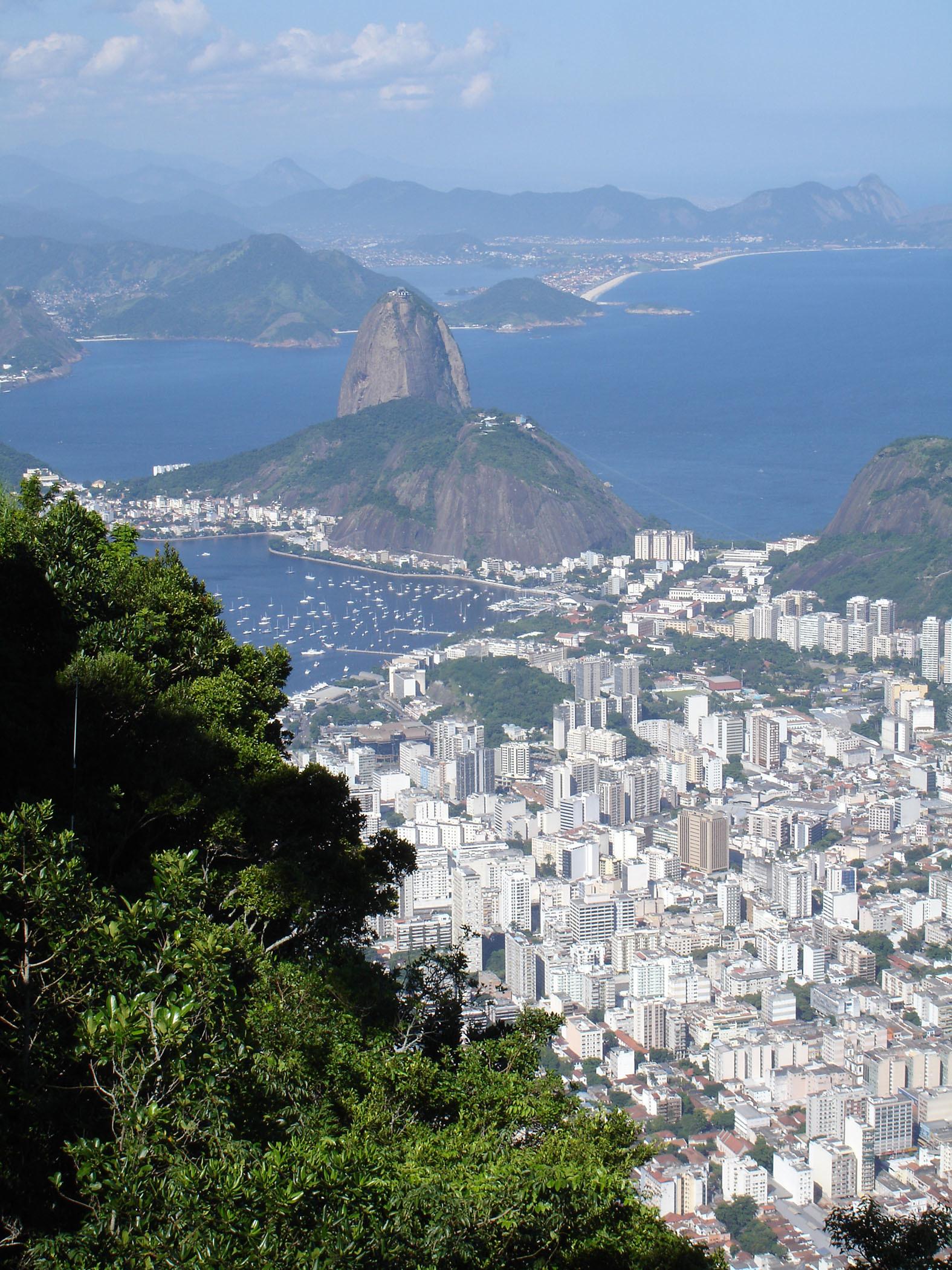

Corcovado, a staggering 710-metres high, is home to Cristo Redentor - Christ the Redeemer - who eloquently watches over the city by day and night. The statue is a prominent city feature and is observable from most of Rio’s suburbs. Personally, its eminent presence - in a non-ecclesiastical sense - set a benevolent tone throughout my stay. The journey to the top of Corcovado is simple: one must walk through the streets of the charming suburb Cosme Velho before taking the funicular to the summit. Upon arrival, after scooping my jaw off the concrete and returning my eyes to their respective sockets, reality emerged: Jesus had the best view in the world. Don’t forget the sacrilegious snap picking his nostrils or holding up his chin.



It’s unlikely that one city could contain two prodigious panoramas, but Rio breaks that mould with Sugarloaf Mountain. What is loses in altitude - at 396-metres – it gains in beauty. Perched at the mouth of Gaunabara Bay, reaching the top requires a ride in a cable car: as the heart stopping device swings to and fro on its way to the landing platform atop the mountain, the uniqueness of Rio’s design unfolds. The beauty is almost unparalleled and requires a drink – sitting under an umbrella in the feisty midday sun - to appreciate.
Swift Capoeira Moves
No other national game quite elicits the sense of fortitude, intrigue and danger as does The Capoeira. Adorned in white and yielding sticks, the capoeristas move swiftly around one another, acrobatically kicking their legs heavenward, swiftly spinning their bodies in perfect uniformity and flipping through the air with enough precision to land solidly on two feet. Set to a backdrop of drum and tambourine beats, the Brazilian form of martial arts is a legacy of the nation’s history. With a hope born of misery, 16th century Brazilian slaves developed the capoeira as a survival strategy. When absconding from sugar cane plantations, they needed a means of escaping capture by armed Portuguese colonials; the capoeira provided the means. Watching a capoeira show is mesmerising: the capoeristas’ display of refined artistry and powerful moves leaves observers delirious with jungle fever - a desire to move, Brazilian style.
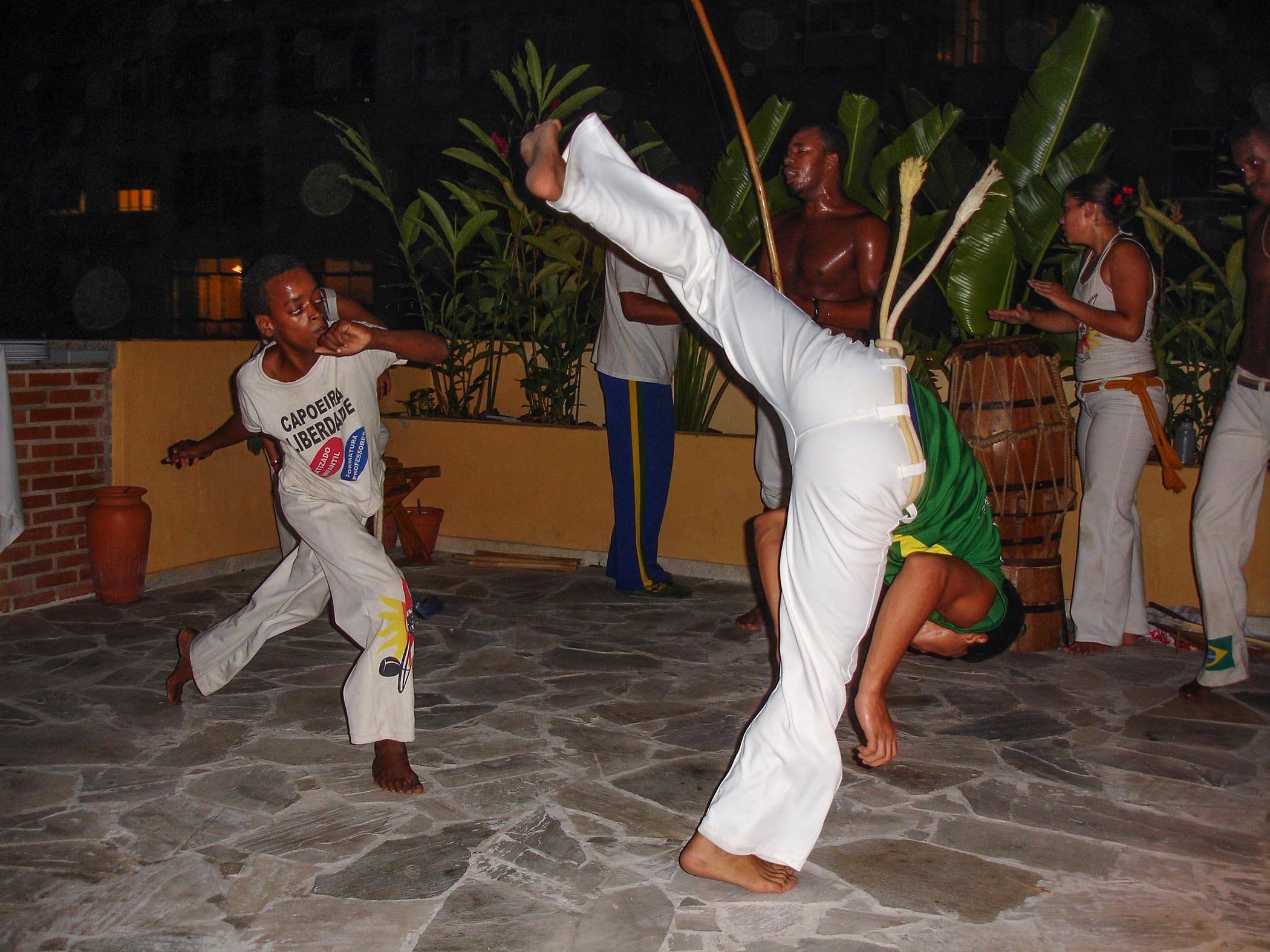
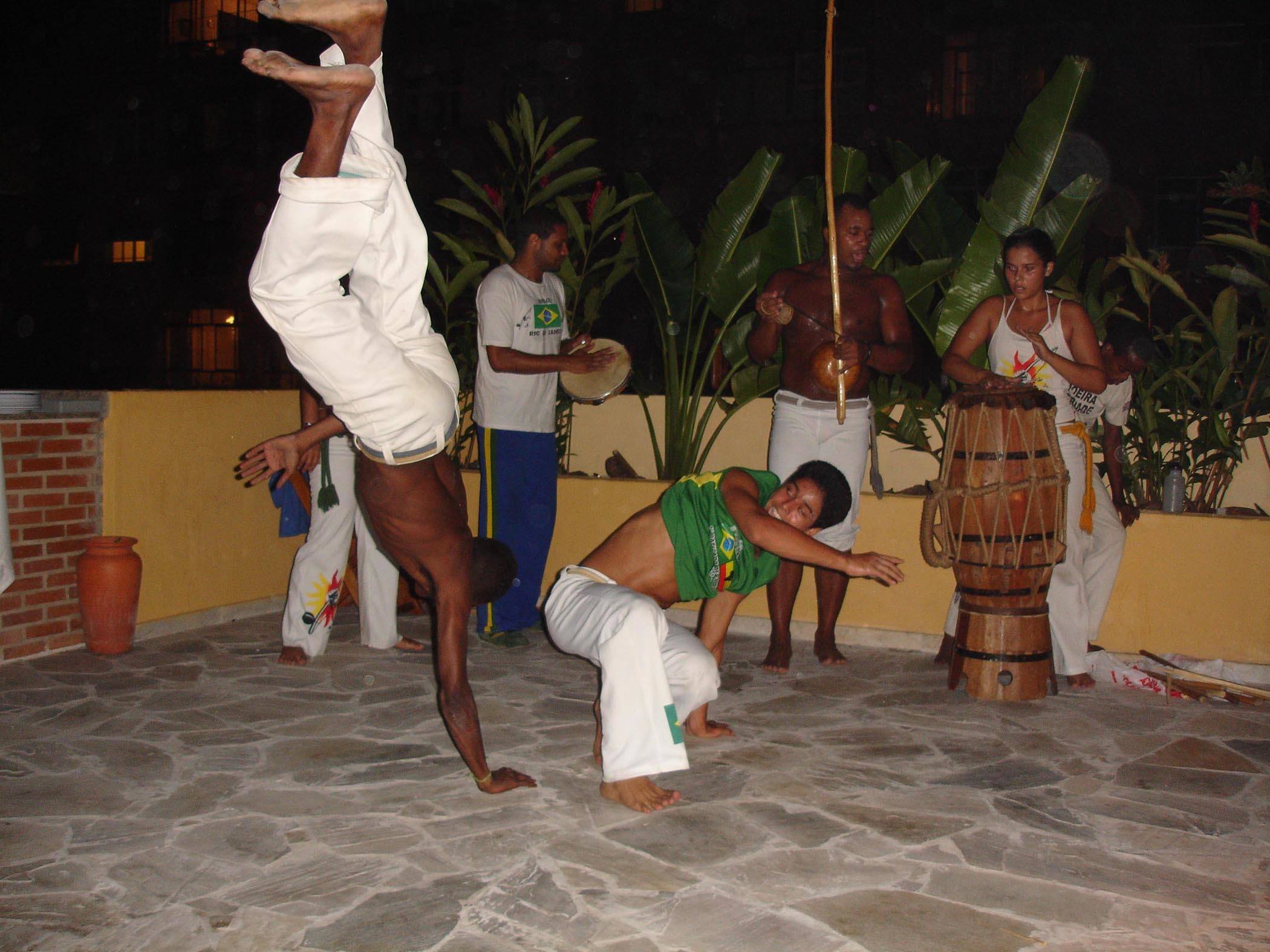
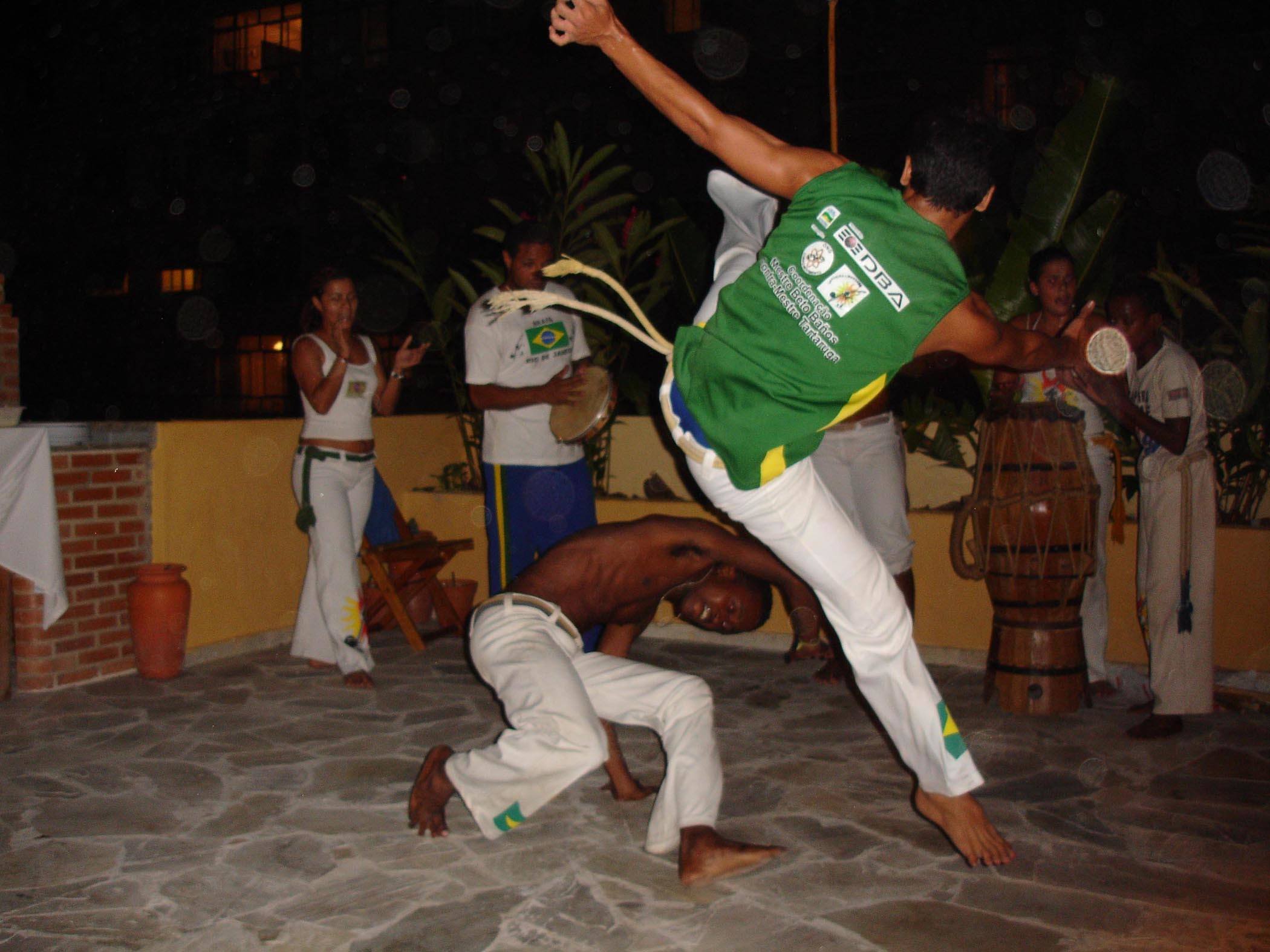
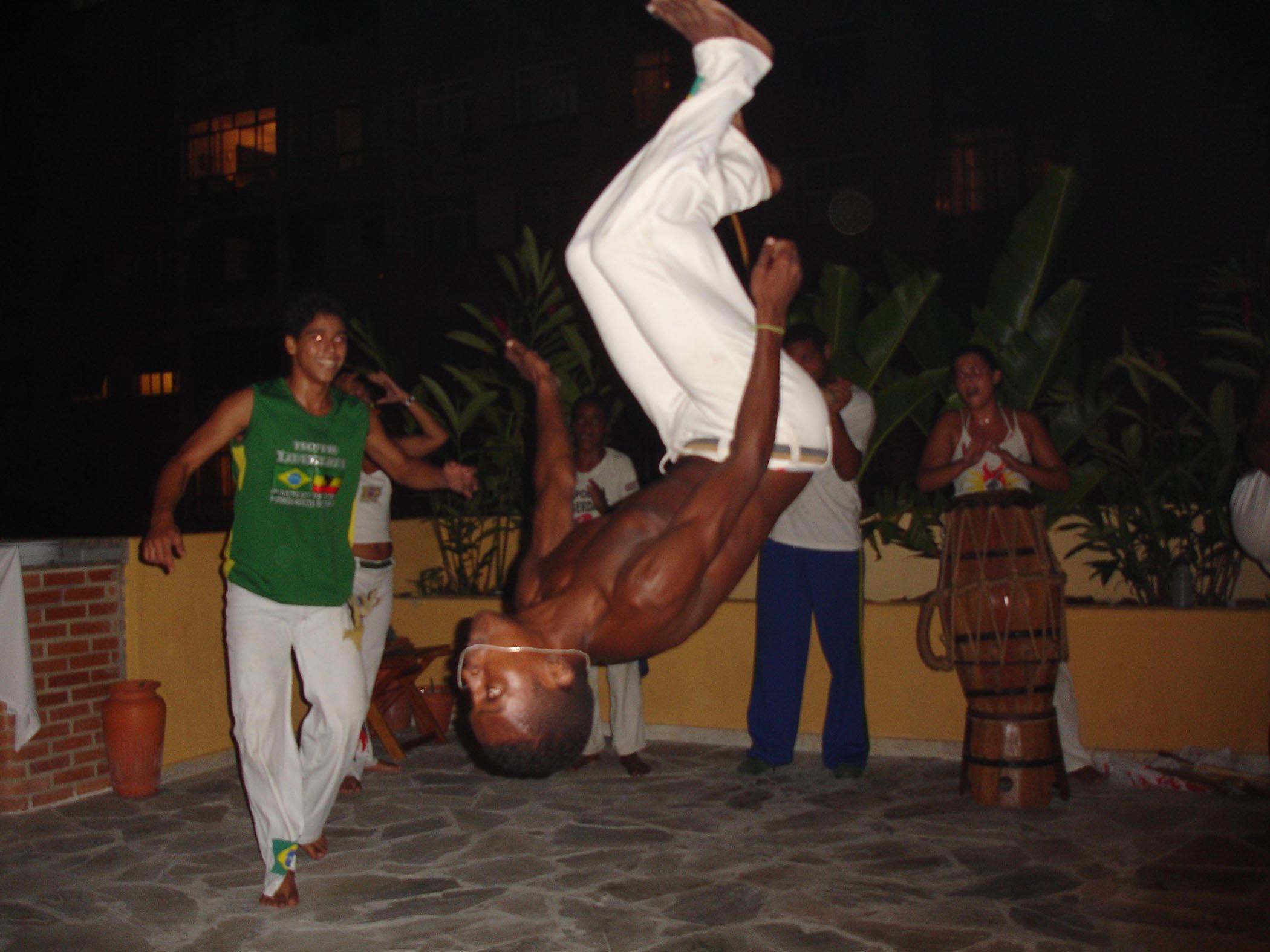
Spirited Brazilians
Inherent to South American culture is a sense of conviviality, warmth and sincerity that infuse most encounters. Brazilians are no exception to this stereotype. In fact, they exemplify it. With the ability to evoke a smile by means of a single radiant glance, these genuinely warm-hearted gregarious people shine rays of joy into others’ lives. In addition to this - with a somewhat feisty edge - they have the capacity to turn an ordinary occasion into something extraordinary. Demeanour aside, many Brazilians exude an essence of sexiness: perhaps it’s the contrast of dark skinned features with the seductive intonations of Brazilian Portuguese. Regardless, I fell in love with the spirited Brazilians I encountered and cherish the thought of returning.

Shanty Towns
Despite the frightful moniker surrounding Rio’s favelas, they warrant a visit. In fact, if wishing to see the real Rio existent below the glitzy veneer of its beaches and shops, then at least driving through a favela on the back of a mototaxi (AU$2) is a must. Culturally rich and full of colour, the Brazilian slums are home to Rio’s poorest citizens. Despite a significant dearth in wealth, the favelas provide a vantage point from which to obtain some of the city’s richest views. Strewn across the hillside between more affluent suburbs, they form a colourful patchwork from a distance. An element of danger does exist, so visiting a favela with a local guide is highly recommended. However, rest assured as local drug lords keep tight reigns on their respective favelas and encourage benevolent treatment of visiting foreigners. Going to a favela thus presents a unique opportunity to uncloak the suspicion and intrigue surrounding their existence and the ‘business’ that occurs within.
Personal Opinion
Rio de Janeiro presents travellers with immense opportunities to step inside an exotic dream for a moment in time. If dreams comprise stunning scenery, exuberant people and true existential experiences, then visiting this timeless city will certainly yield fruitful and satisfying results.
Further Information
Getting to Rio de Janeiro - TRANSPORTATION
Staying in Rio de Janeiro - ACCOMMODATION
Spending in Rio de Janeiro - CURRENCY
NOTE: Many of the photos displayed on this page are courtesy of Ben Davies.
